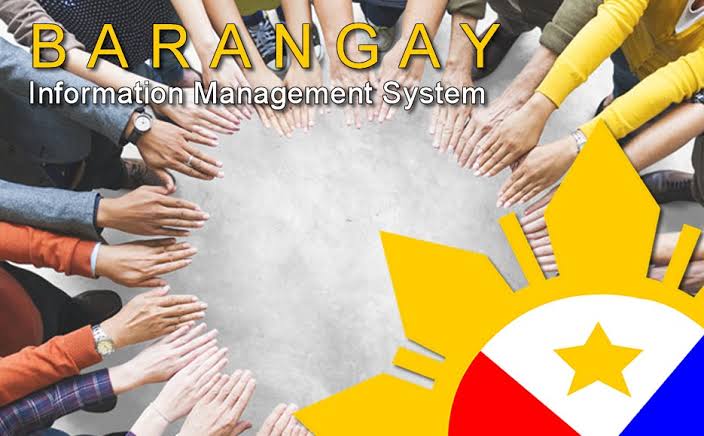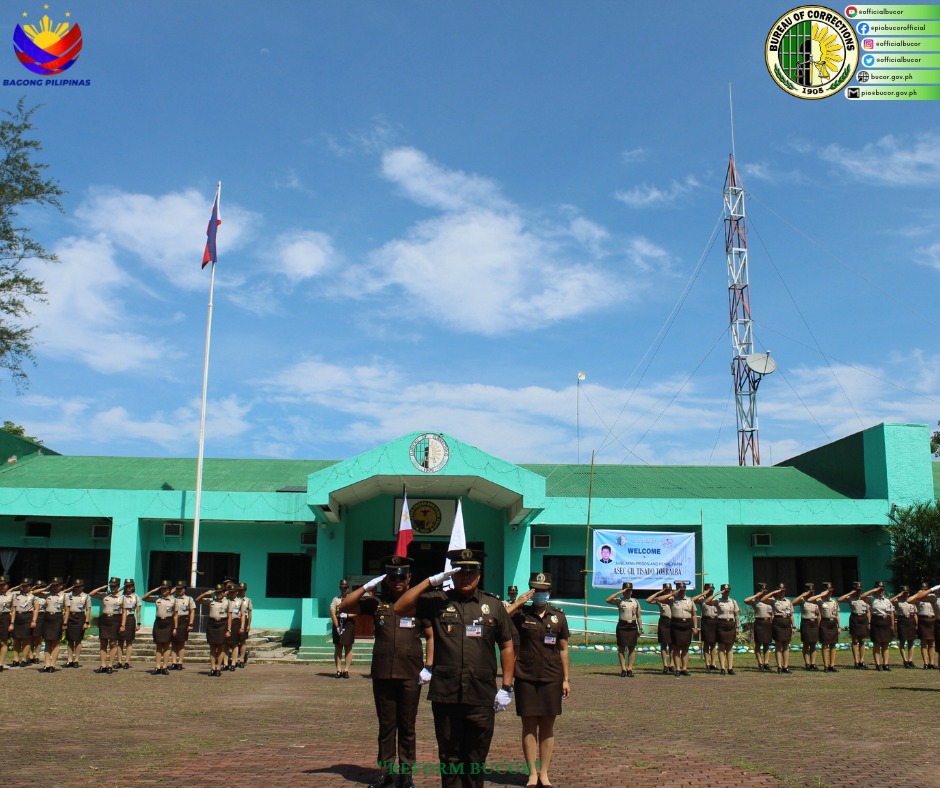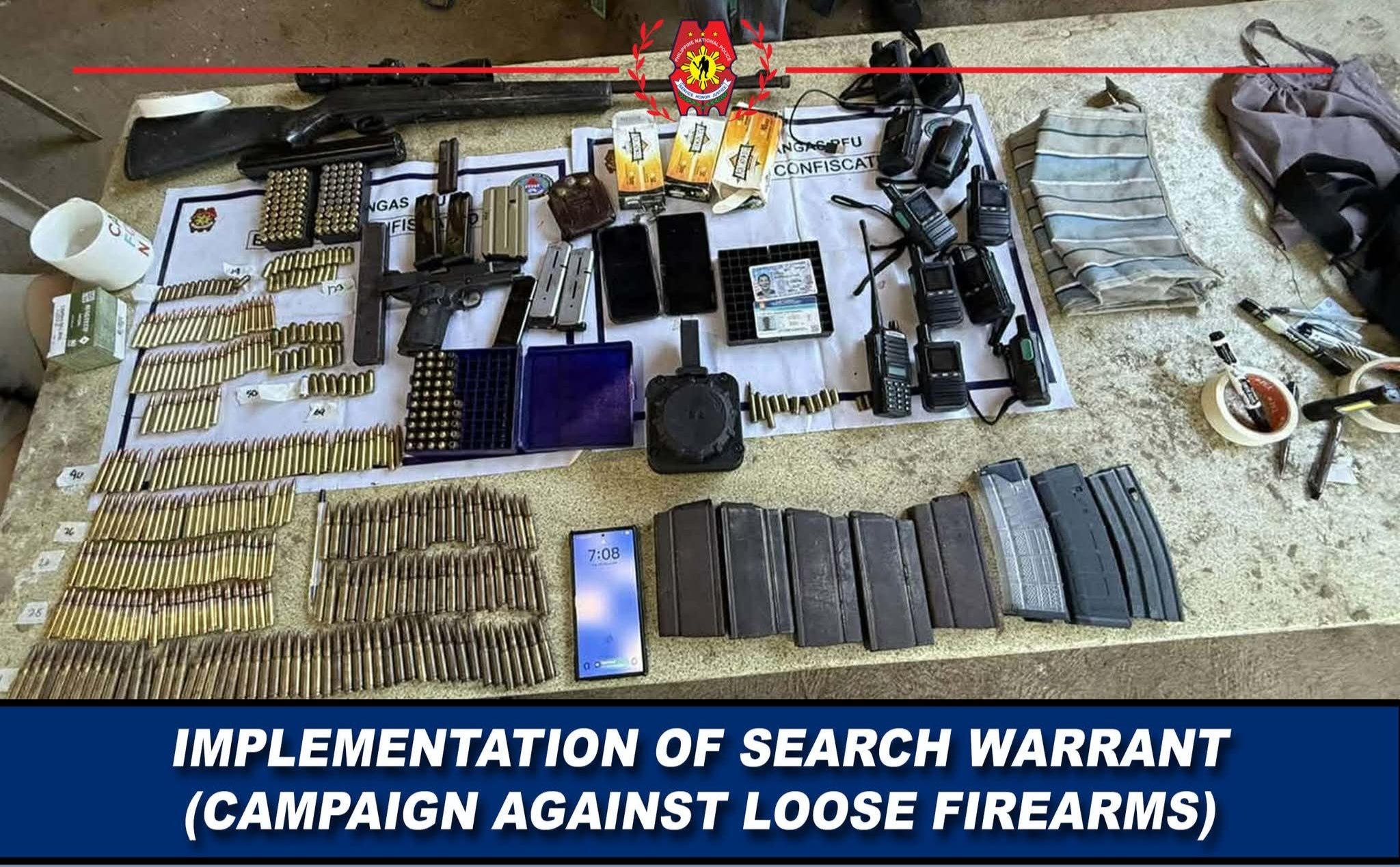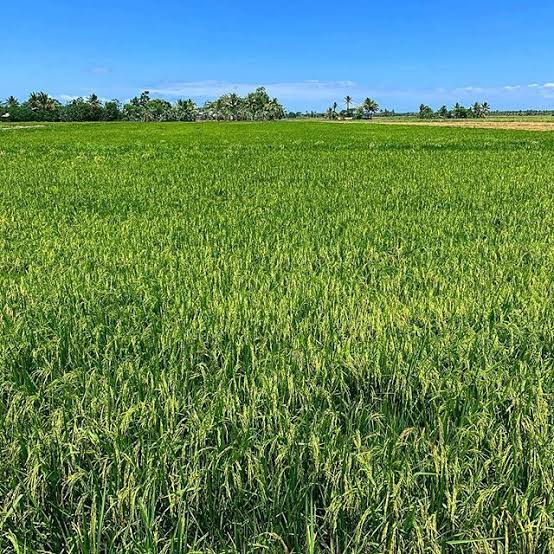Governor Dolor Fires Back at Critics: “I Will Sue Those Who Falsely Accused Me” — Defends Dredging as Flood Solution
In a dramatic and defiant appearance before the 12th Provincial Board Committee Hearing on Wednesday, August 6, 2025, Oriental Mindoro Governor Humerlito “Bonz” Dolor mounted an aggressive defense of his administration’s controversial dredging projects, vowing to file lawsuits against critics who have accused him of corruption on social media.
The heated hearing comes as the governor and the provincial board remain “not on the same page regarding the massive river dredging operations in the province,” with Board Member Emmanuel Buenaventura calling for investigations into the activities that have sparked widespread controversy.
In one of his most combative public statements to date, Dolor announced his intention to pursue legal action against individuals who have spread what he calls false accusations about his involvement in mining operations disguised as dredging.
“Pinaliwanag ko na ho ang lahat. Ilang linggo na rin ho itong laman ng Facebook,” Dolor said during the packed hearing. “Hinahanap ko lang ang exact addresses [ng mga nag-akusa].”
The governor specifically targeted critics who have labeled him as the “tatay” (father) of miners and accused him of earning “paldo-paldo” (substantial profits) from dredging projects.
“Kung ako ho ay gumawa ng mali, patunayan sana. I-identify anong batas ang viniolate ko,” he challenged his accusers. “Kung hindi nila mapapatunayan, babalikan ko sila.”
Dolor revealed that his investigation into the social media accusations has been completed with assistance from the cybercrime unit, saying that he would pursue legal rather than political remedies for what he considers defamatory statements.
DREDGING DEFENSE
In a comprehensive defense spanning over an hour, Dolor systematically addressed accusations that dredging operations constitute illegal mining activities.
He cited a series of provincial ordinances dating back to 2002 that he claims clearly distinguish between mining and dredging operations.
“Maliwanag ho sa batas na yan na hindi kailanman ipinagbabawal ang dredging,” Dolor emphatically said, referring to ordinances he helped draft as vice governor that established moratoriums on both large-scale and small-scale mining while specifically exempting dredging activities.
The governor detailed a timeline of mining prohibitions in Oriental Mindoro:
2002: 25-year moratorium on large-scale mining
2013: 15-year moratorium on small-scale mining (which Dolor co-authored as vice governor)
2014: Extension of mining moratorium until 2052
“Sa buong Oriental Mindoro, walang magaganap na pagmimina hanggang 2052,” Dolor declared, assuring critics that the mining moratorium remains in full effect throughout the province.
Dolor revealed that dredging as a flood mitigation solution was prominently featured in his 2019 gubernatorial campaign platform, directly challenging critics who suggest the projects were implemented without public knowledge.
“Hindi ko ho ito tinago,” the governor said firmly. “Simula 2019 campaign, nakalagay na ho yan sa social contract.”
He explained that his original plan was to purchase government-owned dredging equipment, but the prohibitive costs made this approach impractical.
“Ang pinakamura hong dredging machine na qualified ay 40 milyones. Yan yung maliit,” Dolor said, noting that Oriental Mindoro has 14 main river systems and 21 total river systems when minor waterways are included.
“Sa 21 dredging machine na lang, times 40 million, magkano po yun? That’s 1 billion,” he calculated, arguing that purchasing equipment for all waterways would consume the equivalent of five years of the provincial government’s entire budget.
In perhaps his most compelling argument, Dolor presented historical documentation showing that dredging has been studied and successfully implemented in Oriental Mindoro for over two decades.
He displayed a 2003 Department of Public Works and Highways (DPWH) study that recommended dredging as a flood mitigation solution for major rivers including the Calapan River, Silonay River, Mag-asawang Tubig River, and Bucayao River.
“2003 ang pag-aaral, 2009 nag-dredge,” Dolor said, showing accomplishment reports from a successful dredging project conducted during the tenure of then-Calapan Mayor Doy Leachon.
“Ang ginawa ni Mayor Doy, nire-store niya ang waterway. At nakita ko mismo ang gandang dulot nito sa Calapan. Nawala ang baha.”
The governor noted that he was merely “an ordinary board member” in 2003 when the initial studies were conducted, demonstrating that dredging plans preceded his current administration by nearly two decades.
Dolor’s defense comes despite worries from “residents and environmental groups” who worry that dredging projects “might be a case of sea sand mining disguised as ‘river dredging’”.
The governor has consistently maintained that the “large-scale project, which involves extracting 1.8 million cubic meters of marine sand from the mouth of the Balete River, has been fully authorized by the Department of Public Works and Highways (DPWH) and the Department of Environment and Natural Resources (DENR)”.
Dolor presented graphic evidence of recent flooding disasters that have devastated Oriental Mindoro, showing images from flood events in 2021, 2023, 2024, and 2025.
He described personally operating payloaders for rescue operations, highlighting the human cost of inaction on flood mitigation.
“Kayo ho ay buhay na saksi kung papaanong ang ating ibang bayan binaha,” he told the hearing attendees, urging them to consider the broader context of provincial flooding problems.
Addressing viral social media posts claiming that dredging operations damaged infrastructure in Gimbunan, Dolor presented photographic evidence showing the structure was already damaged in October 2024, months before test dredging operations began in Gloria in April 2025.
“Wasak na ho yan bago nag-test dredging. Pero ang pinalalabas sa Facebook, nasira yan dahil sa dredging,” he said, describing the misinformation as an attempt to “sirain ang napakagandang proyekto ng pamahalaan” (destroy the government’s excellent project).
The governor announced that he has secured funding from the Office of Civil Defense (OCD) to repair the damaged infrastructure, noting that OCD officials had inspected and photographed the damage in October 2024, well before any dredging operations commenced.
Despite the contentious nature of the hearing, Dolor said his respect for the Provincial Board as an institution, acknowledging his 20-year history as the longest-serving member of the body (11 years as board member, 9 years as vice governor).
He specifically addressed Board Member Emmanuel Buenaventura, who has been leading investigations into the dredging operations, saying: “I give my highest regards to Board Member Buenaventura. He’s one of the persons I idolized when I was still SK President.”
This respectful tone contrasted sharply with his combative approach toward social media critics, illustrating Dolor’s strategy of maintaining institutional relationships while aggressively defending against what he characterizes as false accusations.
The governor provided detailed cost-benefit analyses comparing various flood mitigation approaches.
He noted that the provincial government has already purchased several pieces of equipment including excavators, bulldozers, and amphibious excavators costing P26 million each, but these investments have proven insufficient to address the scope of the flooding problem.
“Ang mag-asawan tubig ay 42 km. Ang sabi ni DPWH director kahapon sa ABS-CBN, ilang km? 205 km ang kailangan natin lagyan,” Dolor explained, calculating that addressing all flood-prone waterways would require 400 amphibious excavators at a total cost equivalent to “5 taong walang budget sa Kapitolyo” (five years without a provincial budget).
He cited DPWH estimates of P37 billion needed for comprehensive flood control measures, arguing that private-sector dredging partnerships represent a more practical approach to addressing the crisis.
In concluding his defense, Dolor made an emotional appeal for provincial unity, saying: “I want to put a stop on this issue because this is too much. This has been dividing our province. This has been dividing our people. Let’s move on.”
The governor’s Facebook post before the hearing captured his approach:
“Buong puso at may kababaang-loob tayong humaharap sa pagdinig ngayong araw upang muling sagutin ang mga agam-agam at katanungan patungkol sa River Restoration. Malinaw. Dokumentado. Legal.”









Write Your Comment